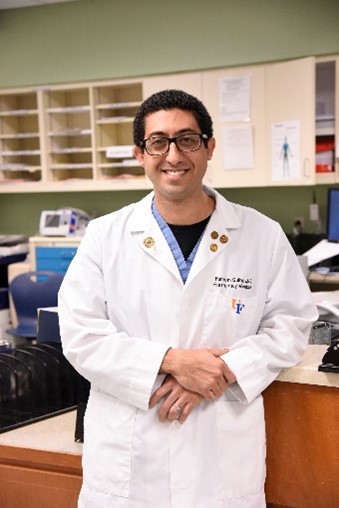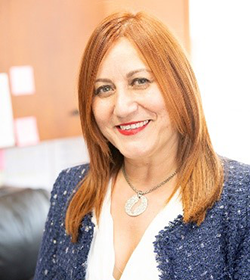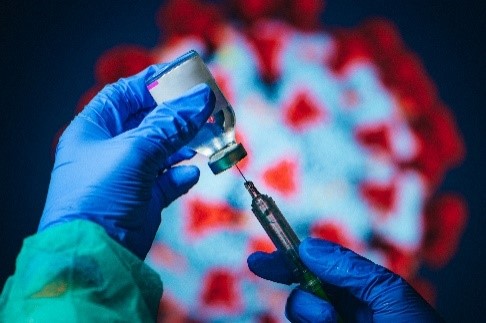
“Patients at urban and inner-city hospitals are in dire need of high-quality care and frequently don’t have access to clinician-scientists doing cutting-edge research. That’s part of what has made me committed to performing research in these settings,” says Faheem Guirgis, M.D., an associate professor of emergency medicine at the University of Florida College of Medicine, Jacksonville. Check out the highlights of our interview with Dr. Guirgis below to learn how he became a doctor and what inspired him to conduct research on sepsis.
Q: How did you become interested in science and medicine?
A: After the phase of wanting to be a firefighter or police officer, the next thing I remember wanting to be was a doctor. My father was and is my ultimate inspiration for pursuing a career in medicine. He was a family-practice physician committed to providing the best care possible for his patients before retiring recently, and they loved him.
Continue reading “Career Conversations: Q&A With Clinician-Scientist Faheem Guirgis”



 Cover of Pathways student magazine.
Cover of Pathways student magazine.


 Dr. Idhaliz Flores-Caldera.
Dr. Idhaliz Flores-Caldera. ACTIV clinical trials will evaluate the safety and efficacy of COVID-19 treatments and vaccines. Credit: iStock.
ACTIV clinical trials will evaluate the safety and efficacy of COVID-19 treatments and vaccines. Credit: iStock.